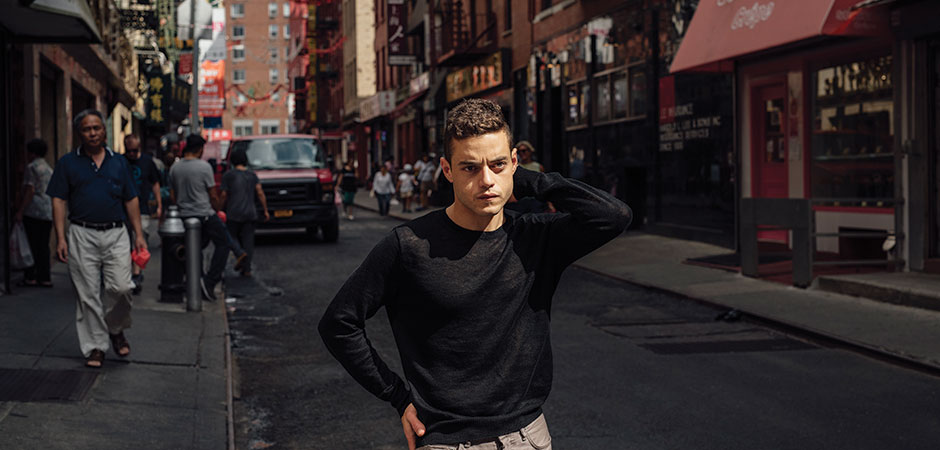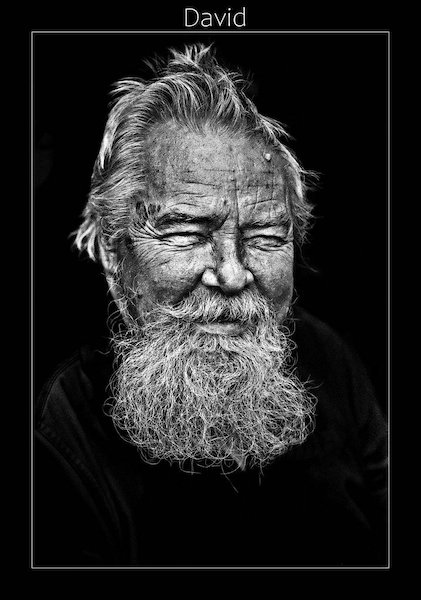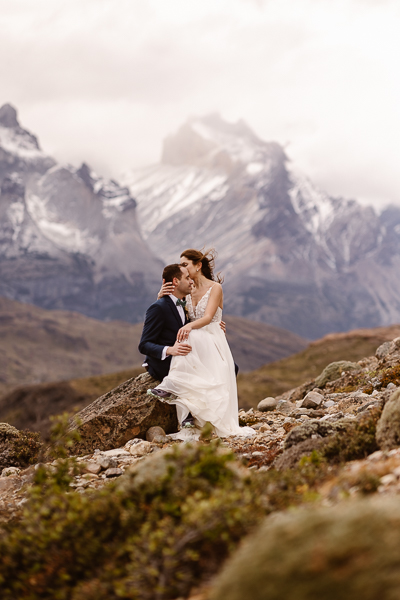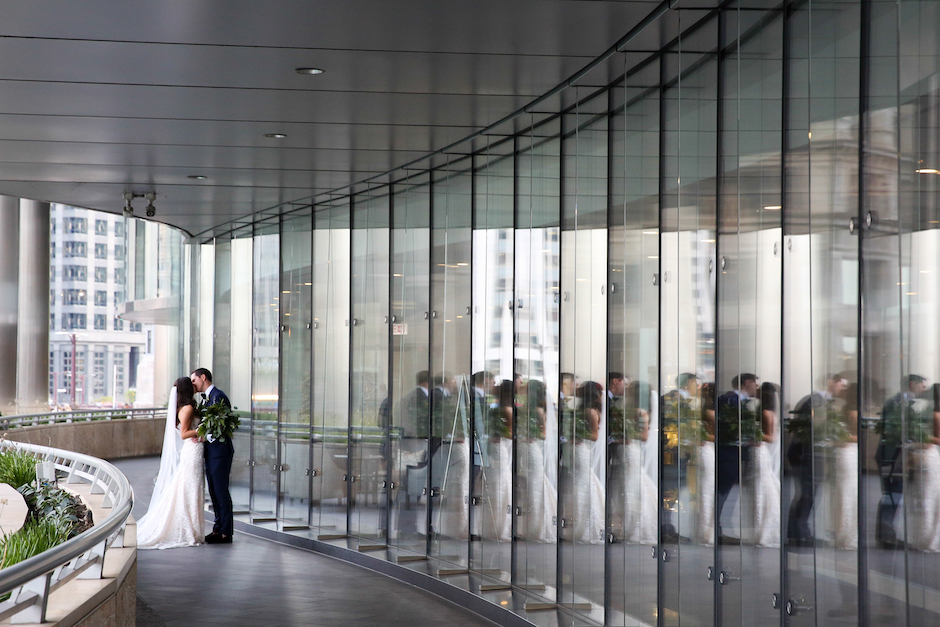Profiles
WHY YOU SHOULD KNOW HER
Cait Oppermann has been tapped by some of the top names in editorial and advertising since she graduated college five years ago, and this year—maybe her busiest yet—she was named one of PDN’s 30.
caitoppermann.com
Instagram: @caitoppermann
It wasn’t quite worth the effort last year, but this year, Cait Oppermann is tallying her flights. By the end of January alone, she counted 17. Some have taken the 28-year-old photographer on rickety rides in and out of a remote land trust in Zimbabwe, and to Kenya and Milan shooting WIRED’s months-long coverage of Breaking2, Nike’s attempt to help runners break the 2-hour marathon mark with re-engineered shoes and apparel. (The official Breaking2 race, which took place in Italy this past May, proved that the mark remains impermeable—by 25 seconds.)
It’s no wonder WIRED gave the Brooklyn-based photographer the exclusive on what proved to be a dynamic project that also brought her to Nike’s secretive sports research lab in Oregon—she was told even most other Nike employees aren’t allowed in. Oppermann entertains a playful style of shooting, with a brazen flash that evokes brilliant clarity, vivid lines and lively colors. Clients from Instagram and Uber to The New Yorker and The FADER have been picking up what she’s putting down.

Councilman Ritchie Torres, the youngest elected member of the New York City Council, photographed for The New Yorker.
Sure, Oppermann likes couching it with Netflix as much as the next person, but she also feeds off her packed schedule. Between gigs, she snuck in a week to shoot a personal project at the Dead Sea in Israel, then if was off to San Francisco and Seattle before finishing off her three-month stay in L.A., a self-imposed trial to see if she liked living there more than New York. She did not.
“Everyone warned me, ‘All the hustle is going to leave you,’” she recites with a sigh. “It’s so real—it’s so real—what happens to you there! You just go in vacation mode. I, like, stopped wearing shoes.”
That doesn’t seem to have affected her work too much, but needless to say, she’s back in New York (well, as these words are written she’s in Japan for more work, but you get the idea).
OUT OF THE MIDWEST
Raised in the suburbs of Kansas City, Oppermann moved to New York City days after finishing high school. She got a BFA from Pratt Institute in 2012, and then she and her girlfriend, Yael Malka (who’s also a photographer), went backpacking and photographing for two and a half months around nine countries in Europe, Turkey and Morocco. They made a book called Sea Blues using those photos, many of which served as early portfolio material for Oppermann. It didn’t matter that they were personal photos—she wanted to establish that her self-assigned and client work would be treated the same.
“A lot of people separate those, but I don’t do that,” Oppermann asserts. “I can’t imagine changing what I do to serve a certain purpose.”
While her approaches to photography don’t waver, the medium itself certainly does, especially for commercial photography that hardly resembles “commercial photography” anymore, Oppermann says. It’s become a contradictory genre when brands like Apple ask photographers to shoot more in line with their personal aesthetic—in other words, assignments that don’t look assigned.
That’s because more and more consumers have become fairly literate in photography and what advertising looks like. Brands are having to cloak themselves in a photographer’s own style to get their message across, which is relatively good news for photographers but also provides a deceptive moment familiar to most Instagrammers: scrolling through the app and seeing a cool photo deserving of a double-tap, only to discover that it’s sponsored by Walmart. It’s as sneaky as it is genius.
And this is where Oppermann comes in. Her resolute approach to all of her work is a godsend for her clients. With a distinctive style—while having only officially joined the industry a few years ago—she’s been hearing more and more that people can identify her work without knowing it’s hers.
IN THE KNOW
Building clients happened with time (she’s been a New Yorker for ten years) and persistent networking (no surprises there). “Particularly in New York, it’s so much about who you know, and that can sound really bad or really good,” Oppermann says, admitting, “When I used to hear that, I would completely panic.”
She may be a natural conversationalist with a witting sense of humor, but Oppermann claims she’s still not the most social. However, she observes, “What I learned is that people don’t just want to hire photographers whose work they like, they want to hire photographers they like.”
For the latter, Oppermann forced herself to go to networking events, actually talk to people and make friends; for the former, she looked at other people’s work. One of her favorite pastimes is flipping through magazines at McNally Jackson, an indie bookstore in Manhattan’s Nolita neighborhood, just to see who’s shooting what. In doing that, she got to know the visual personalities of different publications. The look of WIRED, she realized, matched very closely to her bold, crisp look, so she reached out to the editors there and started building friendships.
“For the most part, I know my people now,” Oppermann says. “There are magazines that I respect but I know my work isn’t a good fit for, so I don’t spend a lot of time pursuing those.”
Her marketing strategy is made of three parts: mail promos go out four times a year, and a newsletter deploys three times a year. “The biggest and most important thing I’ve learned in my career is that you really just need to remind people that you exist,” Oppermann says. “There are so many amazing photographers in New York, and no one’s going to remember your name if you don’t put it back in their head.”
Part three is Instagram, or, “free advertising whenever you want to advertise,” she says. “It’s less invasive than an email. People are really weird about email, which is why I send fewer newsletters than physical postcards. If I get a newsletter that I’m not really in the mood for, it’s annoying to me for some reason.”
And let’s not forget the app’s Stories. Though Oppermann treats them somewhat differently, they serve the same purpose. “I used to have a secret, dumb Instagram account where I’d just post dumb things,” she explains, “but now that’s sort of what I do with Stories. They let people know you might be fun to hang out with on set. At the end of the day, it’s all business. There’s nothing that I would ever post on social media—no matter how silly or weird or stupid they might get—that I feel doesn’t help me in some way.”
Calculated? Yep. Cold? Not quite. Oppermann’s just doing this photography thing for fun. “When it stops being fun, I think I stop being good at my job,” she says. “I’m always worried about taking the same picture or the same portrait over and over,” and by mixing up her approach, she’s rewarded with offbeat assignments that match her style: photographing prisoners learning to code at San Quentin Maximum Security Prison for WIRED, or failed bridges under reconstruction in New Jersey for M Le Monde, or Nike’s Breaking2. Clients and editors trust Oppermann, and it’s her permission to get weird.
Related Articles:
Photographer You Should Know: Cody Pickens Lights the Way
Photographer You Should Know: Celebrity Shooter Miller Mobley










